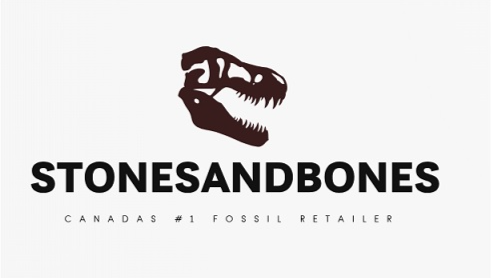Morocco contains some of the world's richest fossil sites and has seen international interest from fossil collectors since the early 20th century. As interest in collecting fossils grew in the late 20th century, the Moroccan fossil trade grew into a lucrative industry of its own. More than 50,000 Moroccans earn their living in mining, trading or exporting fossils and the industry itself is worth more than $40 million annually.

This country is well known for their Dinosaurs of the Kem Kem beds along the Morocco-Algeria border (think Spinosaurus), the famous Trilobite mines of the Tinghir Province, and of course the mosasaur and shark teeth from the Atlas Mountains.
About 60 miles south of Casablanca lies the world's largest phosphate reserves. The three largest phosphate reserves are located in the Ouled Abdoun Basin of the Atlas Mountains near the city of Khouribga. All around this region are large-scale mining operations that produce much of the world's phosphate. In fact, they have around 700 years' worth of reserves left to mine!
Phosphate deposits form by chemical precipitation of phosphate from seawater in areas rich with nutrients and animal remains. As a result, fossils of marine animals are usually found within phosphate deposits.
The phosphate deposits around the Khouribga region were deposited over a 25-million-year time period, from the late Cretaceous to the middle Eocene when the area was at the bottom of the ocean. While excavating the phosphate, they smash through rock layers containing fossils, including the Cretaceous mosasaurs and Eocene Otodus teeth.
These fossils are a by-product of the mining operations, and since the mining is so large scale, there are countless fossils recovered by locals. Usually the rocks come out in small pieces, and the fossils are often broken. That's why usually only isolated teeth are found, and not whole mosasaur skeletons. Fossil dealers in the area will often collect the more complete ones, or place them in fake matrix for better presentation. In the United States, fossil dealers will often buy the Otodus and Mosasaur teeth wholesale from Morocco and then sift through them, looking for the few unbroken and unrepaired ones.
Of course, more fossils than Otodus shark teeth and Mosasaur teeth come from these deposits. Along with the many types of mosasaurs and the Otodus shark is another marine reptile called elasmosaurus. There are also pterosaurs (mainly teeth), countless fish, other numerous sharks, and crocodiles. There are even scarce remains of dinosaurs including an albelisaur and a titanosaur.

^Map of central Morocco showing the phosphate basins in yellow. The zoomed in area is the Oulad Abdoun bsin around Khouribga. Image credit: Nathalie Bardet et al. (CC BY 2.5).

